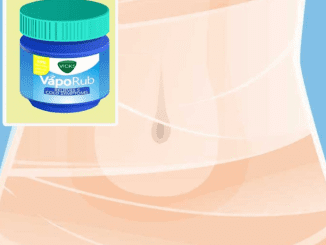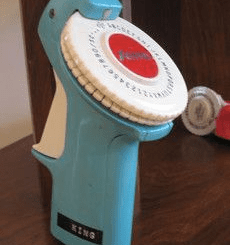Baking pans and sheets are essential kitchen tools, but over time they become stained with burnt-on food residue and grease, making them look grimy and worn out. No matter how hard you scrub, those stubborn stains often refuse to budge. But don’t worry! With the right cleaning techniques, you can restore your bakeware to its former glory. Whether you’re working with glass, enamel, stainless steel, or aluminum, these simple yet effective methods will leave your baking sheets and pans looking brand new.
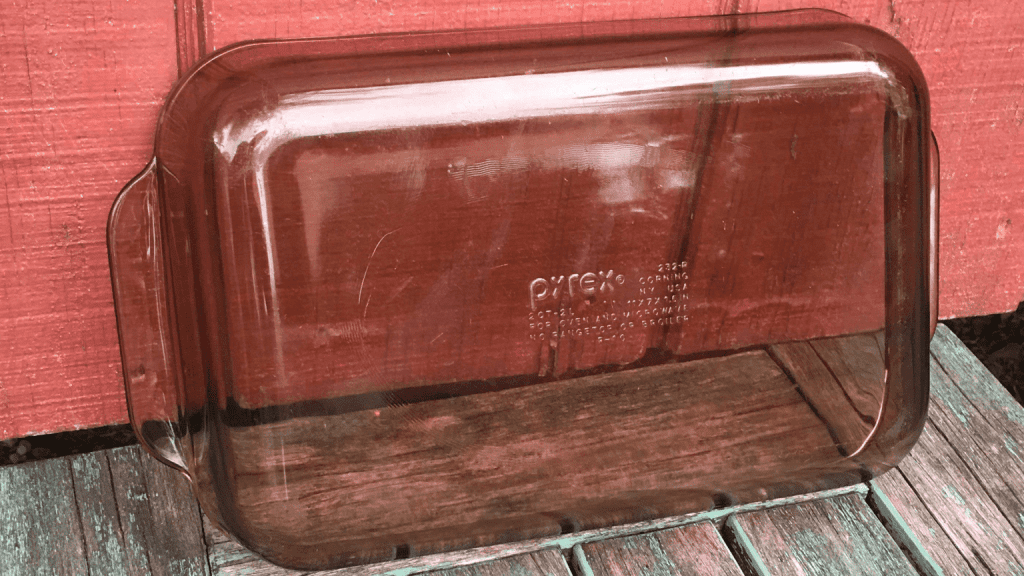
1. How to Clean Glass and Enamel Bakeware
Glass and enamel casserole dishes are common in most kitchens, but they’re notorious for retaining stains, especially after repeated use. Fortunately, a mixture of baking soda and dish soap can make a world of difference.
Steps to Clean Glass and Enamel Bakeware:
- Start by sprinkling a generous amount of baking soda across the bottom of the dish.
- Next, squirt some liquid dish soap into the pan.
- Add enough hot water to cover the bottom of the dish, then let it sit for about 20 minutes.
- After soaking, use a scrub brush to scrub the surface in circular motions, paying extra attention to stubborn areas.
- Rinse the dish thoroughly with warm water, and it should look as good as new.
This method works wonders because baking soda is a natural abrasive, and dish soap helps break down grease and grime. For especially tough stains, you may want to repeat the process or leave the mixture soaking overnight.
2. Restoring Stainless Steel and Cast Iron Pans
Stainless steel and cast iron pans are built to last but often develop a layer of burnt-on residue over time. A combination of baking soda and distilled vinegar is the ideal solution for these materials, as it effectively breaks down tough stains without damaging the surface.
Steps to Clean Stainless Steel and Cast Iron Pans:
- Sprinkle a thick layer of baking soda across the bottom of the pan.
- Slowly pour distilled vinegar into the pan, allowing it to fizz as it reacts with the baking soda.
- Let the mixture sit for a few minutes to break down the stains.
- Using a scrub brush or scouring pad, scrub the pan in circular motions.
- Rinse the pan thoroughly and dry it to prevent rusting, especially in cast iron pans.
For cast iron pans, it’s essential to re-season the pan with a thin layer of oil after cleaning to maintain its non-stick properties and protect it from rust.
3. Cleaning Stubborn Aluminum Baking Sheets
Aluminum baking sheets can easily become stained and discolored after frequent use. While scrubbing with soap and water might clean the surface, it often doesn’t remove deep-set stains. This is where natural cleaners like lemon and coarse salt come in handy.

Steps to Clean Aluminum Baking Sheets:
- Cut a lemon in half and dip the fleshy part into some coarse salt.
- Use the lemon half to scrub the baking sheet in circular motions, letting the acidity of the lemon and the abrasiveness of the salt lift the baked-on grime.
- Once the sheet looks clean, rinse it with warm water and wash with regular dish soap to remove any remaining residue.
Lemon is an excellent natural cleaner for aluminum surfaces, as it helps to brighten and refresh the metal, leaving it stain-free.
4. Baking Soda and Hydrogen Peroxide for Extra Tough Stains
If the stains on your baking sheets or pans are exceptionally tough and none of the above methods are working, a more powerful solution using hydrogen peroxide can come to the rescue. This method is perfect for extremely stubborn stains that have been baked into your pans over time.
Steps to Use Baking Soda and Hydrogen Peroxide:
- Sprinkle a thick layer of baking soda over the stained area.
- Drizzle hydrogen peroxide on top of the baking soda to form a paste.
- Let the mixture sit for 1-2 hours, allowing it to break down the baked-on residue.
- Scrub with a scrub brush or sponge, then rinse thoroughly with warm water.
This combination works because hydrogen peroxide acts as a powerful oxidizer, lifting stains and grime when combined with baking soda.
5. Boiling Water and Dish Soap for Quick Cleaning
For quick and light cleaning, especially when dealing with freshly stained pans, a simple solution of boiling water and dish soap can help you clean your bakeware without much effort.
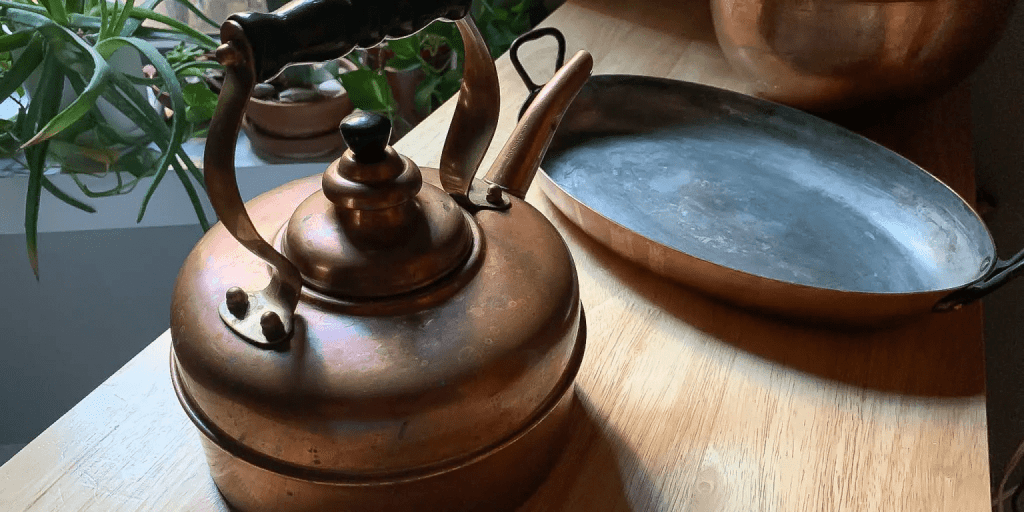
Steps for Quick Cleaning:
- Fill your stained pan with hot water and add a few drops of dish soap.
- Bring the water to a boil (on the stovetop if it’s oven-safe or using an electric kettle to pour into the pan).
- Let the pan soak for 10-15 minutes, then scrub the surface with a sponge or brush.
- Rinse thoroughly, and your pan should be sparkling clean.
Boiling water helps loosen grease and grime, while the dish soap breaks down any remaining oil.
6. Cream of Tartar for Delicate Surfaces
For more delicate bakeware that you don’t want to damage with abrasive scrubbing, cream of tartar can be a gentle yet effective alternative. This is particularly useful for non-stick surfaces or intricate designs where stains build up in hard-to-reach areas.
Steps to Use Cream of Tartar:
- Mix cream of tartar with a small amount of water to create a paste.
- Apply the paste to the stained areas of your bakeware.
- Let it sit for about 30 minutes.
- Gently scrub with a sponge or soft brush, then rinse thoroughly with warm water.
Cream of tartar is a mild acid that works well for gently lifting stains without causing scratches.
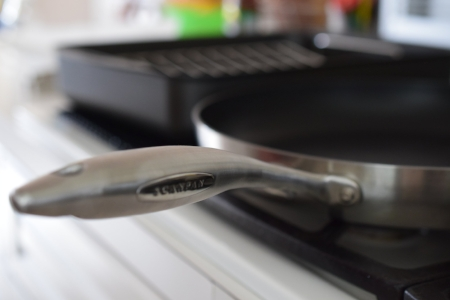
Conclusion: Keep Your Bakeware Spotless
Cleaning stained baking pans and sheets doesn’t have to be a daunting task. Whether you’re dealing with stubborn aluminum sheets, glass casserole dishes, or cast iron pans, the right cleaning method can restore your bakeware to its former shine. By using common household items like baking soda, vinegar, lemon, and hydrogen peroxide, you can effectively clean even the most persistent stains without harsh chemicals.
Next time you pull out your bakeware for a baking session, remember these simple tips. With a little bit of effort, you’ll keep your pans and sheets looking brand new, ready for all your culinary creations!

